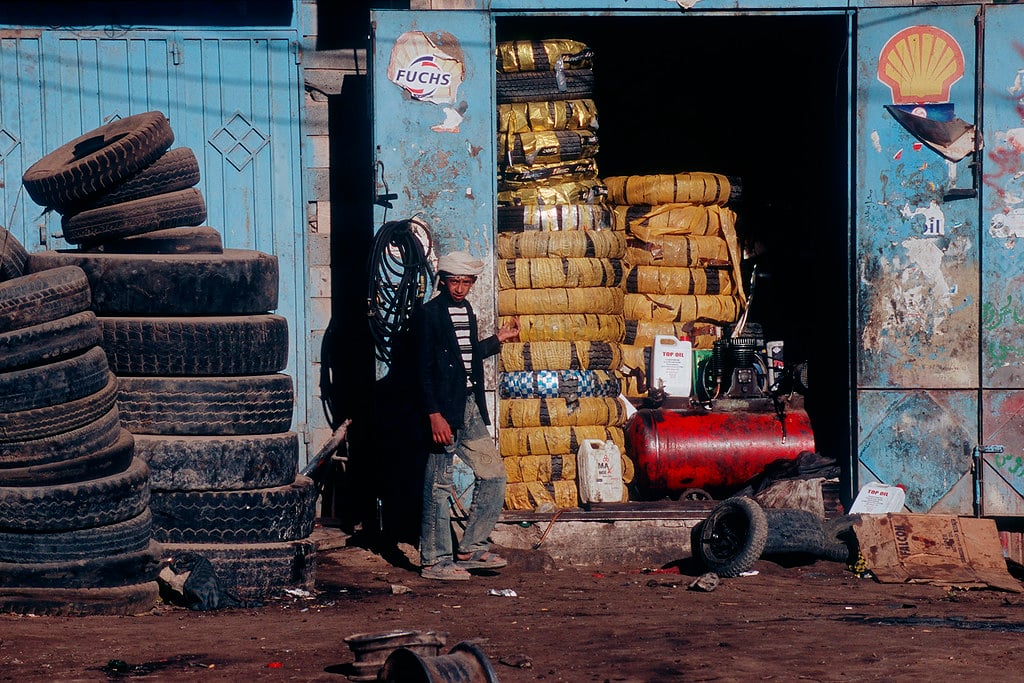Extreme famine. Lack of safe, clean water. Sanitation issues. A depleted healthcare system. Those are four characteristics of Yemen, which is in the midst of a grave humanitarian crisis resulting from high levels of violence in vulnerable parts of the country. The COVID-19 pandemic has amplified the catastrophic situation that began in March of 2015, with the nation facing a lack of protective equipment for health personnel and a shortage of doctors who are able to care for residents with health issues unrelated to COVID-19.
“Yemen is on the brink of famine, and close to 80% of the population relies on humanitarian assistance,” said Paul Wise, pediatrics and health policy professor at the Stanford School of Medicine as well as the lead of Stanford’s Children in Crisis program.
The war in Yemen is a proxy war in which regional and global fighters affiliated with Iran, Saudi Arabia, the United Arab Emirates, the United States and Britain back local fighters. There are negotiations in process, but there is no clear timeline as to when the conflict will resolve. Despite the implementation of a COVID-19 ceasefire, “the fighting has picked up over the last couple of months, with new frontlines created and an increase in airstrikes,” Wise said. The violence has resulted in civilian deaths over the past few weeks.
As a direct result of constant fighting, disease outbreaks have been common in Yemen recently. Airstrikes and fighting are destroying water infrastructure, contributing to nationwide cholera outbreaks. Children have been most vulnerable to the cholera epidemic, wreaking havoc as families try to seek medical help. With about two million suspected cases since 2016, cholera outbreaks have been out of control and difficult to contain due to the absence of culture confirmation and epidemiological investigation.
Yemen’s health infrastructure, already facing immense stress and damage from cholera and the ongoing war, is facing increasing challenges due to the pandemic. According to Wise, “government health personnel haven’t been paid in years and without protective equipment for COVID, health personnel are very reluctant to participate in health care provision.”
The pandemic has exacerbated the conditions in Yemen, while those already suffering from cancer, diabetes and other illnesses have not been able to receive the healthcare they need. Although Yemen has only about 1600 confirmed COVID-19 cases, it is impossible to know the true numbers of civilians affected because of a lack of testing. Poor conditions, flooding and a crumbling healthcare system continue to be serious barriers when dealing with COVID-19 outbreaks among the Yemeni population.
With the pandemic hitting Yemen’s active war zones, humanitarian assistance is increasingly important. However, there are many complications that come from providing assistance to vulnerable populations in Yemen, including high costs, blockades and closed ports. The pandemic has amplified the challenges that come from adequate provisions of humanitarian aid, sinking the nation into an increasingly dire situation.
Wise and his colleagues are collaborating with other organizations to explore how to approach COVID-19 in populations that lack a stable government health infrastructure.
“We have a number of projects focused on how COVID is affecting areas plagued by war and high levels of violence,” Wise explained. The findings from his projects will be applicable to Yemen and other countries that are grappling with a combination of violence and outbreaks of COVID-19.
Although the rest of the world seems to be waking up to the devastation in Yemen, Wise still holds a pessimistic outlook on the situation: “It’s hard to think about anything getting better until the fighting stops. There aren’t clear signs that the fighting is going to stop anytime soon.”
Contact Zoya Chughtai at 22zchughtai ‘at’ castilleja.org.
